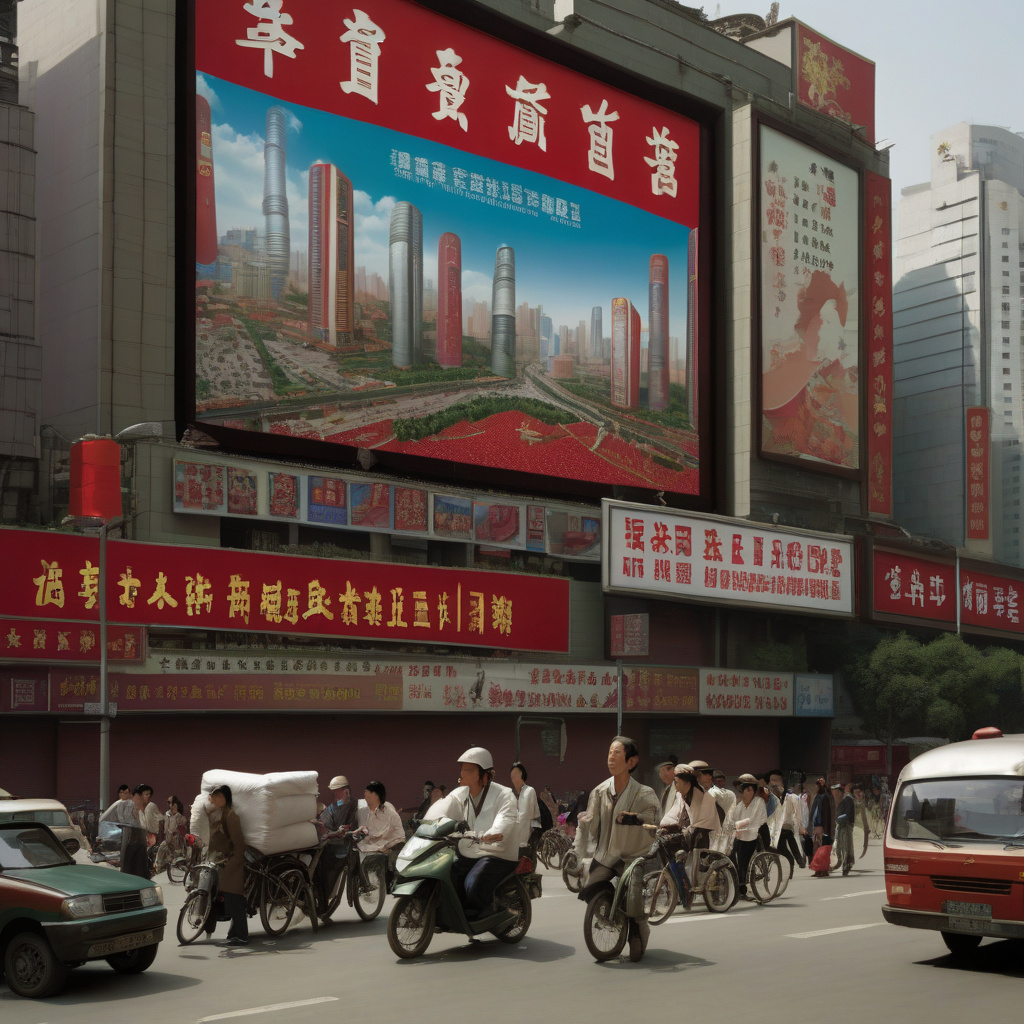Beijing’s Strategic Maneuver: Tightening Grip on Rare Earth Exports
China’s latest move to tighten control over rare earth exports signals a bold bid to strengthen its global leverage and test America’s ability to secure the materials behind its most advanced technologies. Rare earth elements are a group of 17 metals that are vital in the production of various high-tech products, including smartphones, electric vehicles, wind turbines, and defense systems. As the world’s largest producer of rare earths, China has a significant impact on global supply chains and has recently made headlines with its decision to increase restrictions on the export of these critical materials.
In a bid to solidify its dominance in the rare earth market, Beijing announced stricter regulations on the export of rare earths, including imposing tougher environmental standards on mining operations and increasing export tariffs. This move comes as part of China’s broader strategy to assert control over key resources and technologies, aiming to reduce its reliance on foreign imports and enhance its position as a global technological powerhouse.
The tightening grip on rare earth exports is not a new development for China. In the past, Beijing has used its dominance in the rare earth market as a strategic tool in trade disputes with other countries, most notably during a 2010 dispute with Japan. By limiting exports, China can exert pressure on other nations and potentially disrupt their supply chains, highlighting the geopolitical significance of rare earth elements in today’s interconnected world.
The implications of China’s latest move are far-reaching, especially for countries heavily dependent on rare earth imports. The United States, in particular, has been vocal about the need to secure a stable supply of rare earths to support its technological advancements and national security interests. However, with China tightening its grip on exports, the U.S. faces challenges in diversifying its rare earth supply chain and reducing its vulnerability to disruptions in the global market.
To mitigate the risks associated with China’s dominance in the rare earth sector, countries like the U.S. are exploring alternative sources of these critical materials, including recycling, mining projects in other countries, and partnerships with allies to develop secure supply chains. Additionally, efforts are underway to develop new technologies that reduce the dependence on rare earth elements or find substitutes for these materials in key industries.
In conclusion, China’s decision to tighten control over rare earth exports underscores its strategic ambitions and the evolving dynamics of global trade and technology. As Beijing asserts its dominance in the rare earth market, countries around the world are faced with the challenge of securing a stable supply of these critical materials to support their economic growth and technological innovation. The race to reduce reliance on China and diversify sources of rare earths is underway, shaping the future of industries that rely on these essential elements.
rare earth elements, China, export restrictions, global supply chains, technological advancements











